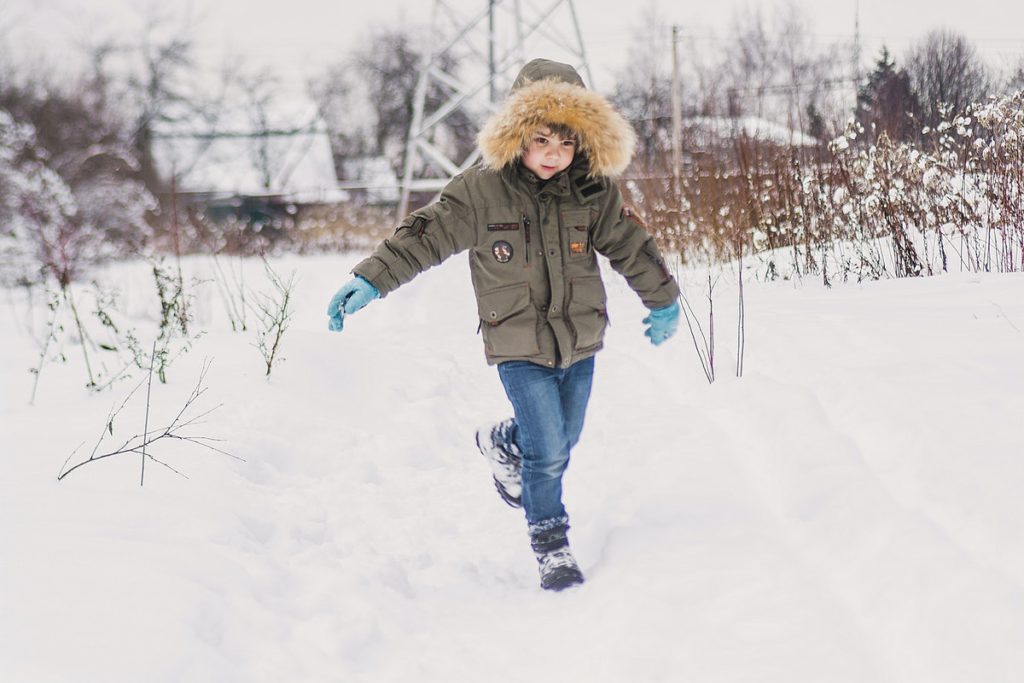If you’re living in Colorado and you’ve got kids, here’s a tip for you: make sure that your insulation is A-okay.
You can call on an expert in foam insulation or seal the gaps in windows and doors. You can improve the ventilation in the attic and the basement too.
You’re living in a state where temperatures can be extreme, especially during summers and winters. And these changes can be harmful to children, particularly babies.
Different Ages, Different Temperatures
Most people know that the “normal” body temperature is around 37 degrees Celsius, give or take 1 degree Celsius lower or higher. In reality, many factors can affect it.
First, where you measure body temperature matters. The normal rectal temperature, which some consider to be the most accurate, can be 37.5 degrees Celsius. Temperature taken under the armpits may be lower at 36.5 degrees Celsius.
You can also measure temperature in the ears, and the average number is also 37.5 degrees Celsius. However, the figure may change if you keep on changing the ears you’re using. Mouth temperature is usually higher than that of an armpit at 36.8 degrees Celsius.
The second is age. The average temperature of a child between 0 and 2 years old may range from 34.7 to 36.4, depending on the site where you use the thermometer. As they grow older, the ideal temperature drops slightly. The older adults or seniors seem to have the lowest body temperature.
But what spells the difference? Babies often have a higher temperature because they have a larger body surface area in relation to their weight. Most of all, their metabolism is highly active, which means they generate more heat.
Babies, though, can be particularly sensitive to ambient temperature or the temperature of their surroundings. This is because they don’t have enough mechanisms to regulate it.
Effects of High and Low Temperatures on Children
People often mistake Colorado, particularly Denver, as having cool summers because of its high elevation. However, as Metropolitan State University (MSU) Denver experts shared, it can also get extremely hot in the summers.
According to Sam Ng, a professor in Earth and Atmospheric Sciences, Denver will likely have over 40 days when the temperature hovers around 32 degrees Celsius. But it can also climb to 35 degrees; and sometime in 2018, it hit 40 degrees Celsius.
Because of the size of their bodies and their weight, children can become more prone to dehydration and heat exhaustion during this period. They may even suffer from heatstroke.
Now, what happens during the winter? During this time, the temperature can suddenly drop to 7 degrees Celsius. Although snowfall isn’t as abundant as people think, it may also happen for a long period between October and April.
While the sun is usually out, the chill can still be unnerving and dangerous to kids. All these can increase the risk of children developing hypothermia.
Babies can be in worse positions. As you grow older, your body develops various methods to increase its temperature and keep yourself warm. For example, it lets you shiver, which causes the muscles to contract in rapid succession, generating heat. It also increases your heart rate, so you pump more blood.
The problem is, babies don’t know how to shiver until they turn 6 months old. Moreover, a too-cold environment may lead to stress, forcing the infant to consume more oxygen. In fact, if the skin temperature drops even by a degree from 36.5 degrees Celsius, the infant already consumes 10% oxygen.

Babies are so prone to hypothermia that a temperature reading of 36.1 degrees Celsius may already count as low. In adults, hypothermia usually doesn’t set in until their temperature falls to 35 degrees Celsius.
Extreme heat and cold, as perceived or experienced by a child, can also impact their health in other ways. In a 2012 systematic review in Environmental Research, fluctuations in ambient temperature can affect the number of cases of malaria, gastrointestinal infections, and respiratory conditions among children.
Kids with allergic-related illnesses can also be sensitive to changing temperatures. For instance, cold but dry winter may cause their dermatitis to flare up.
During heat waves, the incidence rate of children with renal or kidney diseases seems to increase. One possible reason is their susceptibility to severe dehydration, which can damage the organs in the long-term.
When seasons change, you may want to pay more attention to how your child responds. In the meantime, improve that insulation as it can trap heat during the winter and prevent the same from coming in during the summer.









